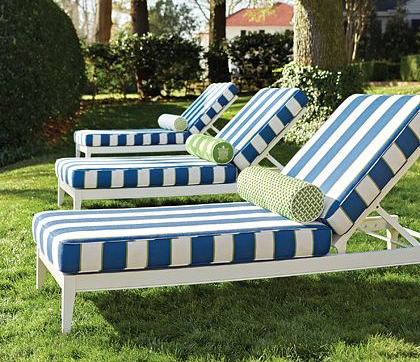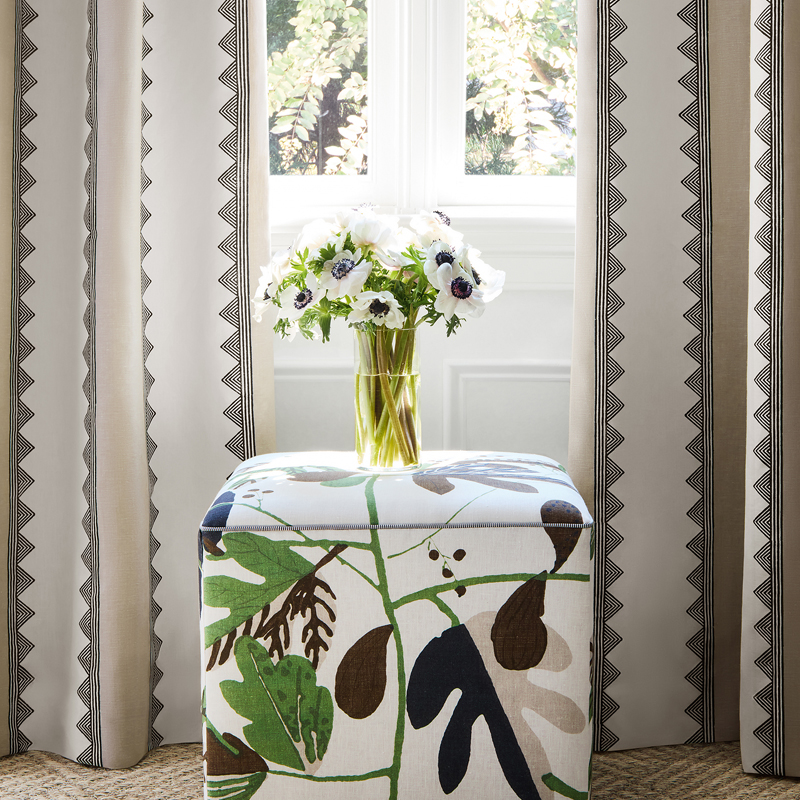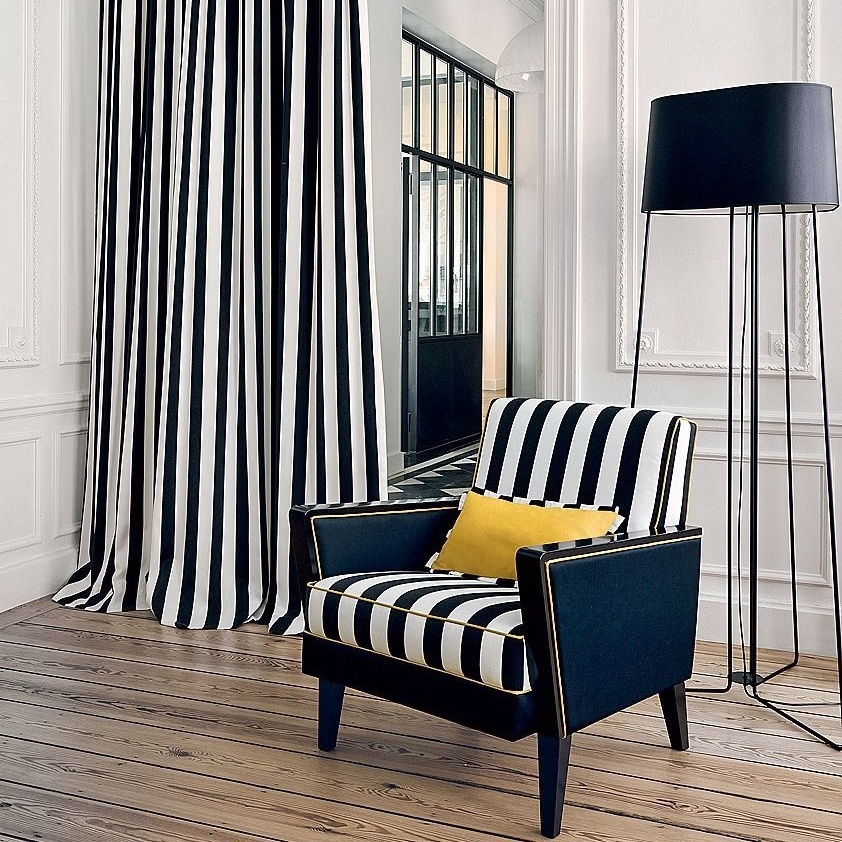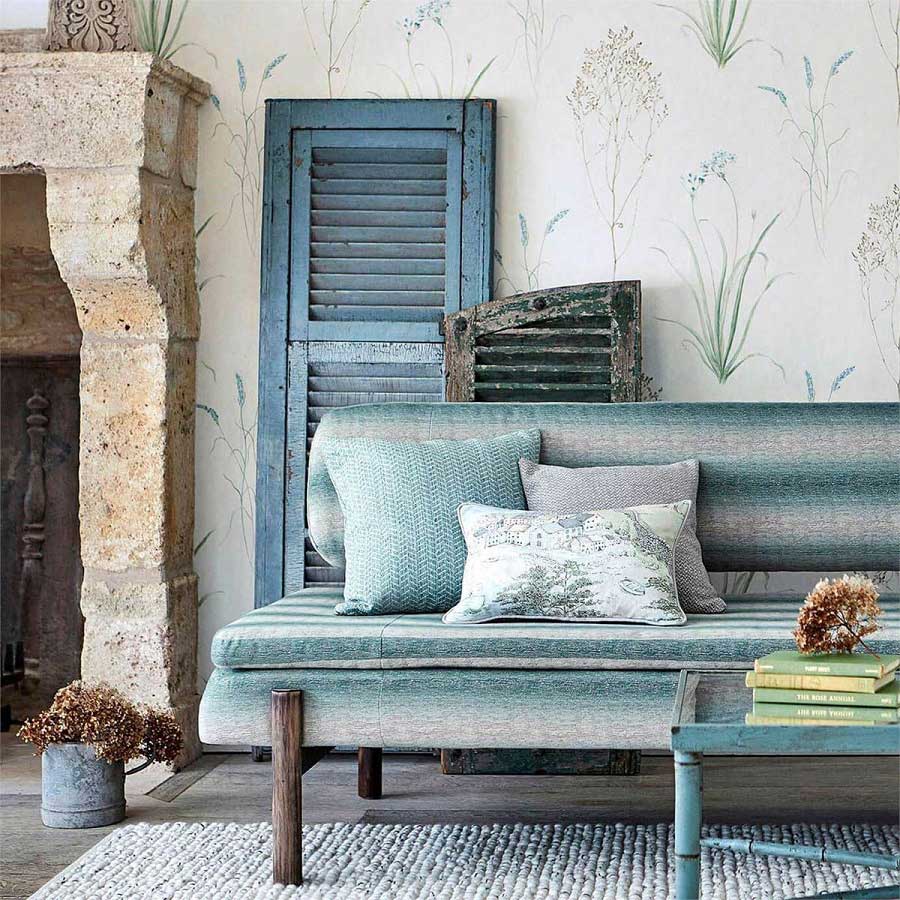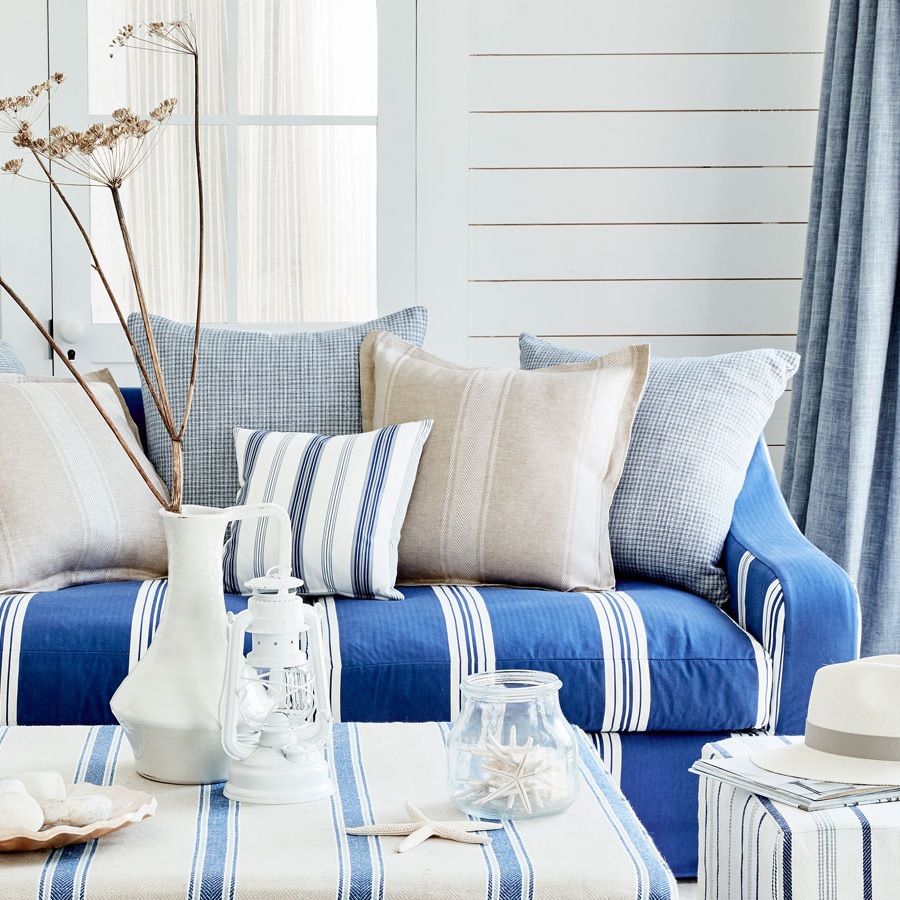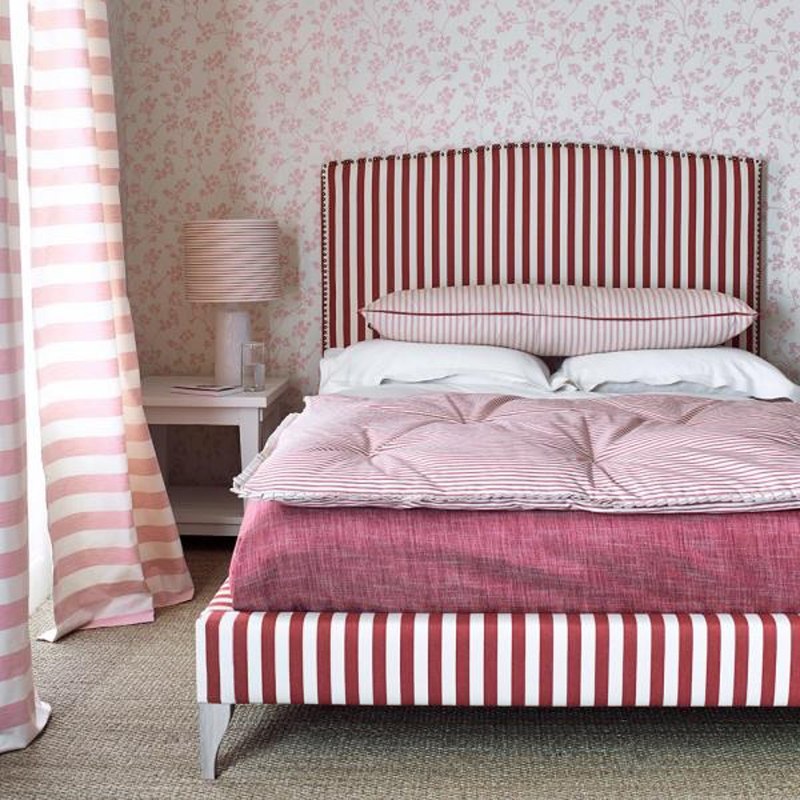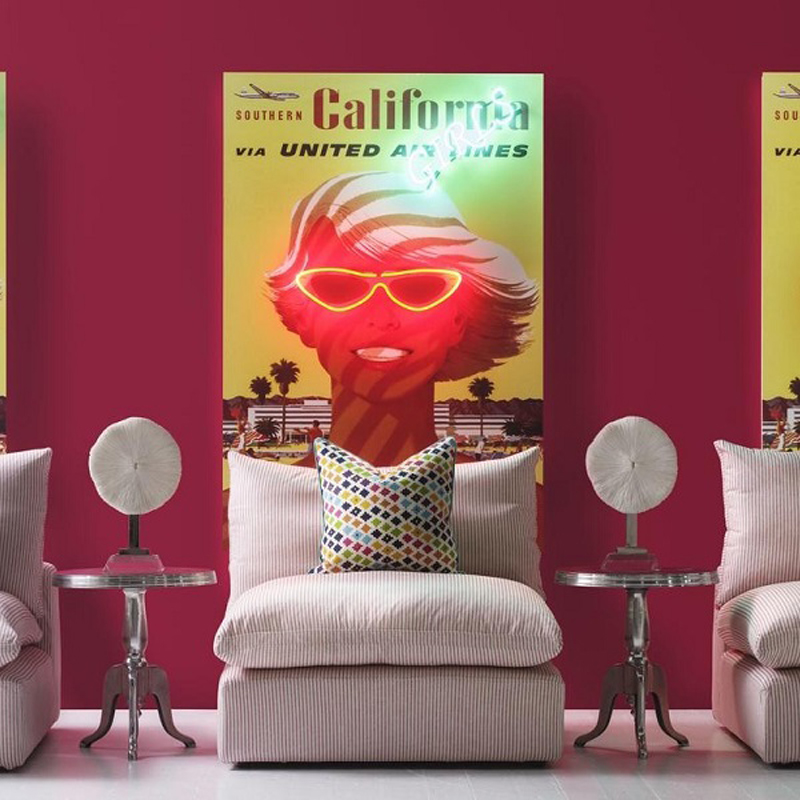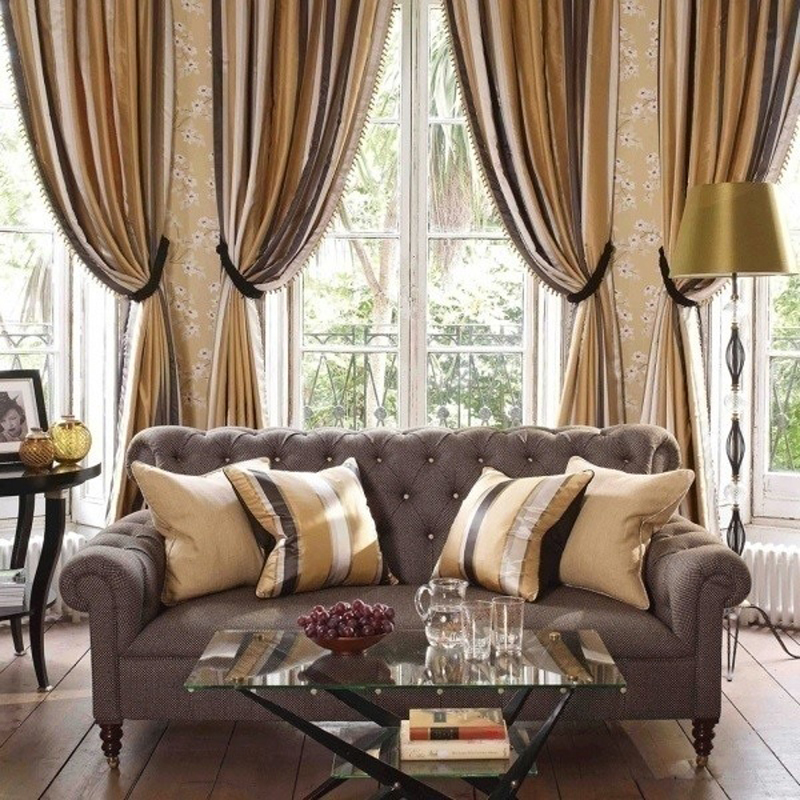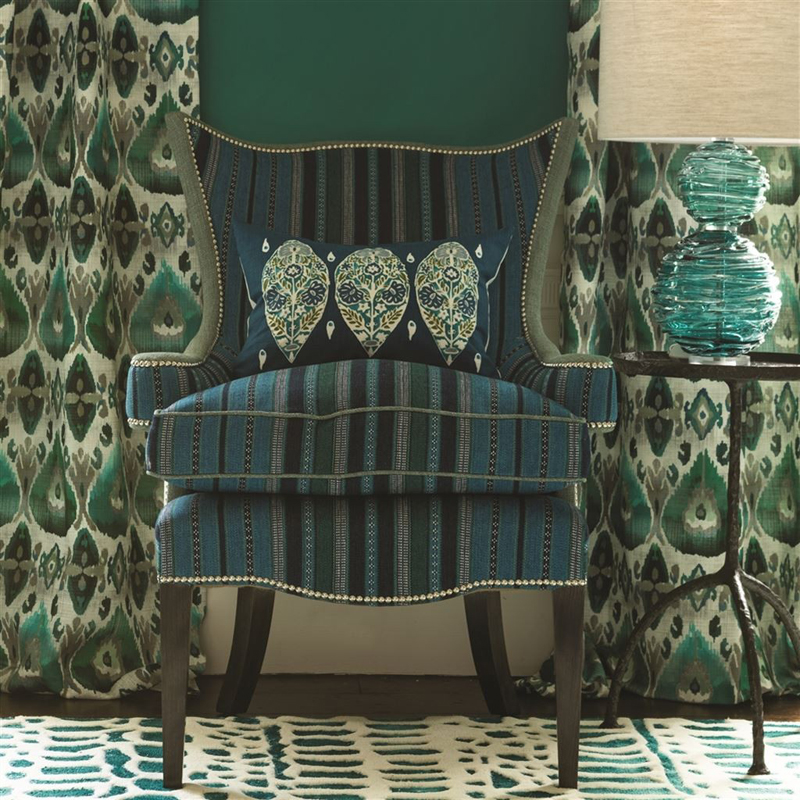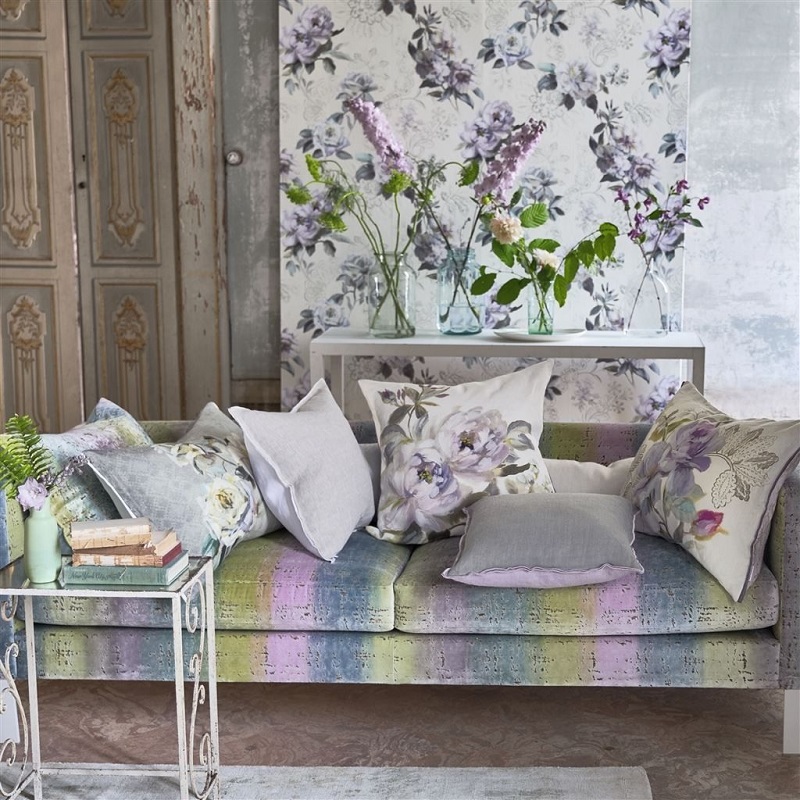Learning how to use striped fabric in your home gives you the tools to introduce pattern into any interior. This includes fabric for curtains, upholstery, and accessories. The history of striped fabric has seen it sail the seven seas and immortalised in sartorial splendour. It's one of versatility, durability, and uniformity.
Now, striped material is available in a variety of colours and styles to complement modern interiors. Here's everything you need to know about how to use striped fabric.
What Are the Different Types of Striped Fabric?
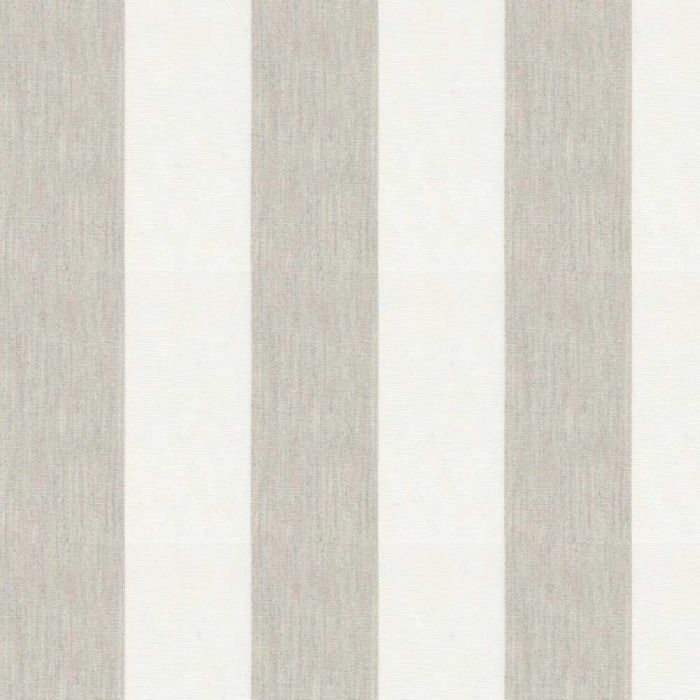

Classic Stripe Fabric
Striped designs, in their simplest form, are narrow, medium or thick bands of colour against white or in two-tone varieties. These classic stripes are the most adaptable. They work well in virtually any space, from the grandest of houses to the quirkiest of modern builds.
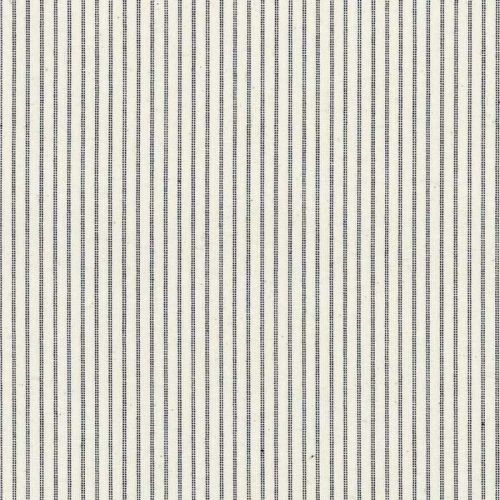

Pinstripe Fabric
Pinstripe fabric features very thin lines, usually positioned close to one another, and often associated with men’s pinstripe suits. Their smartness and subtlety make them a popular choice for formal rooms such as studies and hallways.
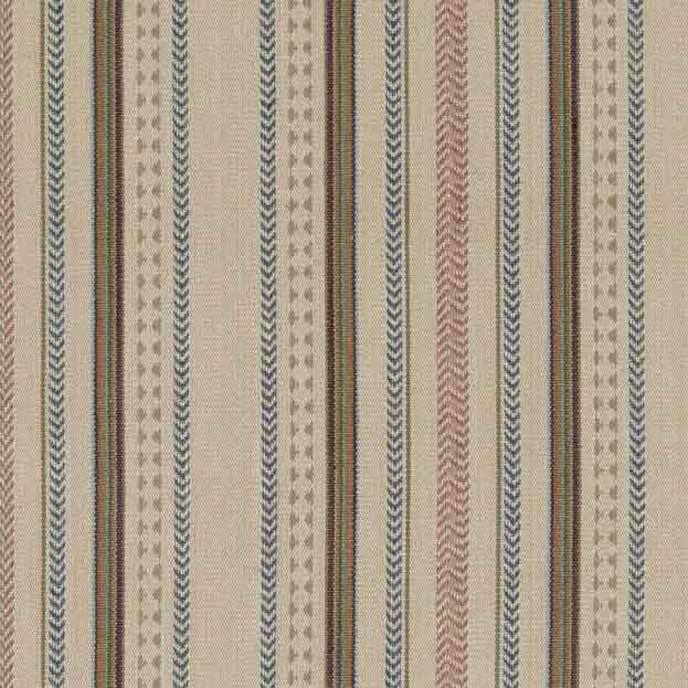

Multi Stripe Fabric
Multi-stripe patterns incorporate bands of colour in varying thicknesses, with a large or small repeat. Opting for a multi-stripe in multicolour adds an element of fun to any room, and will stand the test of time in infant and teenage bedrooms.
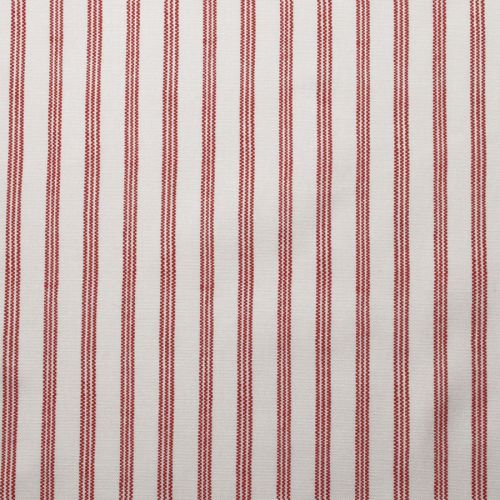

Ticking Stripe Fabric
The term ‘ticking’ originally referred to a cotton or linen fabric used to make mattresses. The material was very tightly woven to prevent any filling escaping. It typically featured a uniform pattern of wide and narrow stripes in shades of blue, red or black. Ticking stripes have a ‘lived-in’ feel, and work well to brighten and lift even the smallest of rooms.
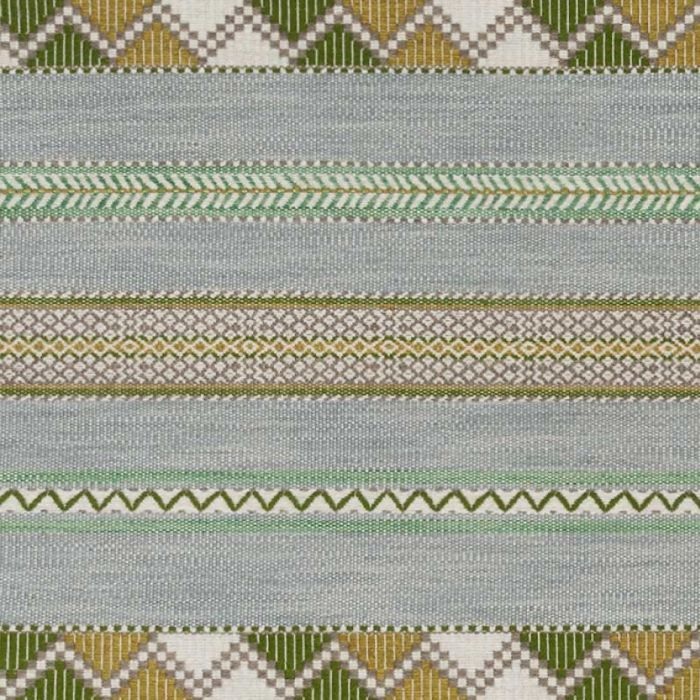

Alternative Stripe Fabric
Stripes do not always come in the form of crisp lines or neat bands. Modern striped fabric has re-imagined this classic motif in new and exciting ways. They use fantastical tones, different materials or employ chevrons and horizontal brushstrokes for a strong statement.
Vertical vs. Horizontal Stripe Fabric
Striped fabric does not have a pattern repeat that needs to be worried about when making furnishings. You can turn them either way and easily align them for lovely results. Vertical and horizontal stripes can even be mixed and matched.
There is, however, railroaded materials which are designed as a striped upholstery fabric. This is a production method which allows the roll of material to be used horizontally. This way joins are avoided across your furniture.
Wide-width striped fabric, on the other hand, often has vertical stripes. These are ideal for creating curtains and avoiding making any joins in the completed drapery.
Eitherway, the aim is seamless results to have your striped fabric looking its best.
Five Ways to Style Striped Fabric
1. Monochrome Striped Fabric
Neutral, black and white striped fabric makes for a timeless pairing that is even and eye-catching. They are especially suited to modern living.
This striped material can easily be incorporated into a minimalist interior. They add drama without interrupting the overall look.
The simple colour combination, however, also works wonderfully with a bevy of patterns. Geometric designs, in particular, can create a contemporary feel that's softened by the mix of styles.
2. Nautical Stripe Fabric
Indoors or out, nautical stripe fabric signals notions of the seaside and summer days. There's a heady mix of smart uniformity and basking on the beach.
The host of blue shades available make these the perfect fabrics to use together for all-out coastal vibes. Combine them with white and neutral, panelling, and local shore debris to complete the look. Likewise, metallics and a pop of red in the design or home accessories wouldn't go amiss.
3. Candy Stripe Fabric
Stripes don't all have to be serious, masculine, and contemporary. They can also create retro interiors with a fun and feminine theme.
Candy stripe fabric works wonderfully for a throwback to rose-tinted days. This playful material works wonderfully in every size and tone of pink striped fabric.
Couple with equally darling prints for a charming interior. Alternatively, mix with pink paint and colourful geometric patterns for a vintage feel.
4. Smart Striped Fabric
Striped fabric can also be used in grander, more formal settings whether on floor-length curtains or occasional chairs. Their pattern elongates what they decorate for added authority in a room.
Demure tones and classic colour combinations can be used to temper larger prints. Plus, these designs make the perfect focal points for building a room around.
Pick out the key colours of the striped materials and repeat them within the room, on plain fabric, paint or home accessories. The fabric itself can even be used again on cushions to tie the furnishings together.
5. Statement Striped Fabric
A fusion of colourful, large, and alternative stripes certainly makes for a statement. Moreover, the colours do not have to be neon to draw the eye. Pastel tones can be used on bigger bands to keep a room in balance. Try teaming them with a feature wall and throw cushions for an eclectic finish.
Bolder hues mixed with plain fabric in rich tones on home accessories also do the trick. These can be on rugs, lampshades, and, again, cushions. In each example, the use of light, metallic side-tables and chairs allow the prints to be seen. Then, stripes can steal the show.
You May Also Enjoy Reading...
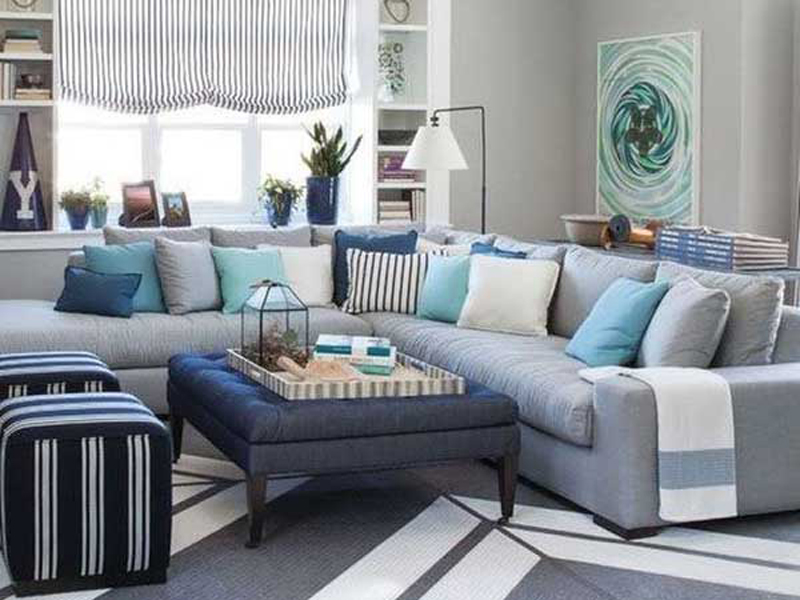

Striped Family Room Inspiration
A nice big living room with a corner sofa, seating cubes and a large buttoned stool. All in fresh blues, white, greys, and turquoise, the perfect coastal colour palette to feature beach-style stripes. We've shopped the whole thing for you if you want to re-create the look at home!
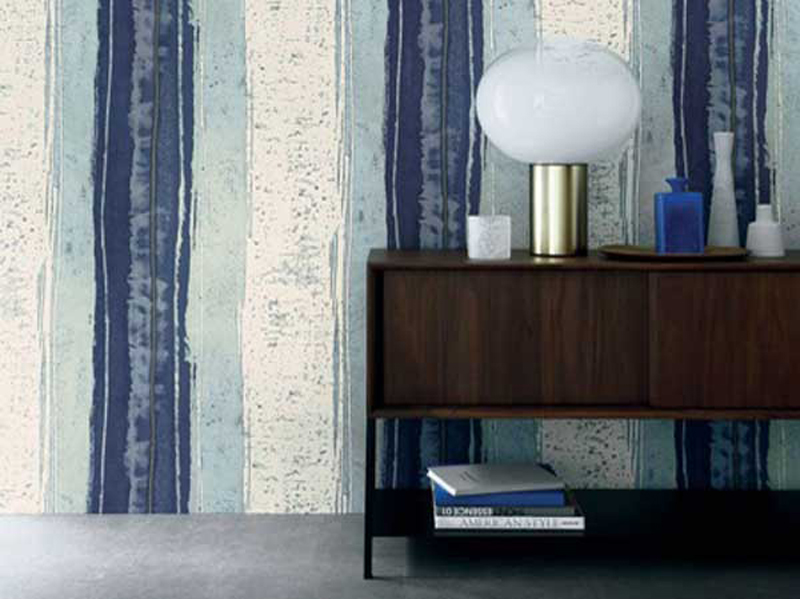

How to Use Striped Wallpaper
Stripes can grab our attention or provide subtle interest which is why they are such a popular choice when it comes to adding pattern to homes. One of the best ways to do this is through the use of striped wallpaper. Take a look at the different styles and how to incorporate them into your home...
- paypal
- visa
- mastercard
- amex

